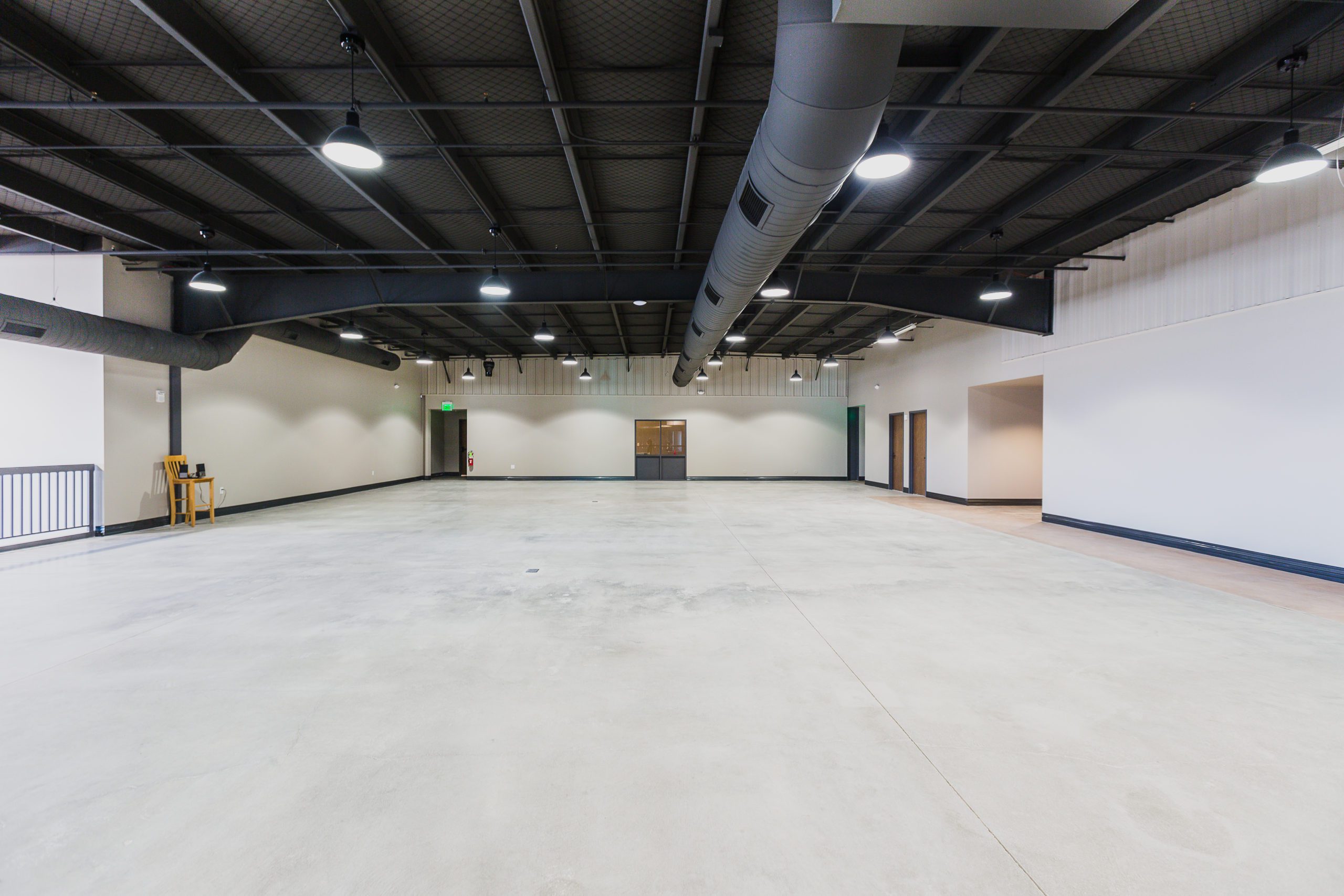….Continued from post 1 of 3
Topical Mitigation Treatments:
If the tests show too much moisture or Ph, options to mitigate flooring damage are limited and costly. Treatments are available to seal the top surface of the slab. Typically, the more effective types involve bead blasting the surface, applying an epoxy-based sealer, then applying a cementitious top coat (because the adhesives won’t stick to the epoxy). These treatments are time consuming and costly – typically between $4 and $8 per square foot, and may not be effective for really high moisture or Ph levels. Some newer, less costly treatments are coming into the market, but their long-term effectiveness still needs to be demonstrated. Lately, we are seeing a strange trend where slabs reach acceptable moisture levels, but are failing the Ph test with test numbers of 10, 12 or even higher. This implies that the higher Ph numbers may be the result of materials or admixtures within the concrete mix itself, but that is difficult to determine, because Ph values for the individual materials or a concrete mix design as a whole are generally unavailable from the concrete plant. Worse, there is some evidence that Ph is actually an even more significant factor in adhesive failure than moisture itself. There are available treatments that address only Ph (and not moisture) to bring it down to acceptable levels. But, there seems to be mixed acceptance of these treatments among flooring manufacturers, and some question as to whether the lower Ph readings seen after these treatments will be permanent, or if the Ph will rise again long term after the flooring is installed.
Vapor Retarders:
With that much at stake, the standard answer is to install a high quality vapor barrier (technically, a vapor “retarder”) between the slab and the soil to minimize water vapor from moving up through the slab, to “take the ground out of play” as the experts like to say. When used at all, a vapor retarder used to mean 10 mil polyethelene sheeting, but now much higher quality materials must be used, such as “Stego”, which is very impermeable, and tough enough to resist damage during construction. The material must be installed carefully per manufacturers’ instructions. All seams and penetrations must be sealed with the recommended tape, and the edges must be turned up and terminated per instructions.
Older recommendations from ACI (American Concrete Institute) and other sources used to show the vapor retarder placed under the (typically) 4” thick drainage/leveling layer of gravel or sand rather than directly below the slab. The advantage was to allow the free water in the concrete to drain down into the gravel or sand, making for less problems during curing of the concrete – more on that later. However, if water from rain, snow, construction processes, or from the concrete mix itself passes through the slab, it would be trapped directly below, unable to drain down into the soil. The only way it can – and will – escape is back up through the slab in the form of vapor. This is potentially an even greater source of moisture than that naturally contained in the soil.
Curing and Curling:
So, the currently accepted practice is to put the vapor retarder directly below the slab – above the gravel. This “takes the ground out of play”, and eliminates the potential for creating a reservoir of water trapped below the slab. However, it creates a whole new set of problems associated with curling. This is not the weird Canadian sport that involves ice skates and brooms (just seeing if you’re still awake). Curling can occur when the top part of the slab cures, and therefore gains strength, faster than the lower part. This can create top surface tension that causes the edges (perimeter, control joints) to curl up, making the slab an uneven surface. Since the top surface is exposed to the air, wind, and sun, and therefore tends to cure faster than the bottom surface, this has always been an issue to some extent, and various methods are employed to delay the curing of the top surface, the most cost effective of which has traditionally been a spray-on curing compound. If there is no vapor retarder, or if it is below the gravel layer, the free water in the concrete mix can drain out of the slab, reducing the disparity in curing rate between the top and bottom surface. But if the vapor retarder is directly below the slab, that water is trapped, dramatically increasing the time that it takes for the lower part of the slab to cure and increasing the potential for curling. The old trick that concrete flatwork subs used to employ when 10 mil poly was used for a vapor retarder was to “accidentally” poke holes in the poly to allow the water to drain through it. This, of course, also allowed the water vapor to pass through. Materials like 15 mil Stego are much more resistant to “accidental” punctures.
Curling in slabs with a vapor retarder directly below them has gotten to be such a problem that rather dramatic and costly solutions are now employed to fight it.
The first is to reinforce the slab – not just with welded wire mesh or fibermesh, which are intended to minimize shrinkage cracks and are ineffective in minimizing curling – but with rebar in the slab, and a lot of it. However, introducing rebar means that the typical slab thickness needs to be increased from 4” to 5” to allow for the minimum amount of concrete above and below the rebar. This not only dramatically increases the cost for both the rebar and 25% more concrete, but increases the amount of water in the slab that gets trapped in the bottom layer by 25%. The up side is that reinforcing the slab also tends to minimize shrinkage cracks, although not entirely eliminating them. If the slab will be covered with flooring and minimal shrinkage cracks are therefore not objectionable, it is often possible to space control joints further apart or even eliminate them.
In addition to reinforcement, more effective curing methods are recommended to retain moisture and thereby delay curing in the top surface of the slab, allowing the entire thickness to cure more evenly. Spray applied curing compounds, traditionally the favorite of contractors because they are cheap, easily applied, and allow traffic on the slab within a day or two of it’s being poured, are generally not acceptable for a variety of reasons. They are regarded as less effective than other methods, can be incompatible with the adhesives and can inhibit drying of the slab after the curing period, especially if they do not fully dissipate. Most require UV exposure to dissipate, and residues can remain if the slab is poured after the shell is in place or if it is shaded by overhead construction or materials stored on the slab.
Wet curing is considered the most effective curing method, keeping the top surface wet by covering it with absorbent sheets and spraying them with water. This is also the most expensive method, adding cost for the absorbent covering material, the labor to keep it wet, and especially by delaying the construction schedule. A water cure typically takes 7 days, and usually no activity can be allowed on the slab during that time. In the winter, the potential for freezing can eliminate wet curing as an option.
Cover curing seems to often be the best compromise, especially in winter conditions. This method covers the slab with a moisture-retaining sheet material but does not soak the material with added water. It relies on trapping the water contained in the concrete mix itself. Good quality insulating blankets with a vinyl facing, that are typically used in cold weather conditions to prevent the slab from freezing, can sometimes serve a dual purpose and act as the covering material, but only if they are in good condition without punctures or tears, and if the blankets are overlapped, weighted down, kept in place, and protected from wind and traffic during the entire curing period. However, cover curing still requires a 7 day cure time, the same as wet curing, with the associated construction schedule impact.
Curling problems tend to be worst when the slab is poured before the shell of the building is erected, especially in the summer, exposing the slab to sun, high air temperatures, and wind. Therefore, an additional tactic is to pour the slab after the building is enclosed. This does not eliminate the need to reinforce and properly cure the slab, but it protects it from sun and wind and allows the slab to be cured in a temperature controlled interior environment. This can allow a wet cure to be used, even in winter conditions. Pouring inside a completed shell, however, can cause hassles and increase cost for the contractor, usually requiring the concrete to be pumped through an opening – or even wheelbarrowed into place – rather than being poured directly from the truck. Plus there may be added costs for temp heat, which must be maintained 24/7 during curing. If a spray curing compound is used, there may be problems with the material not dissipating, since the slab is shaded and the UV needed to dissipate the film is eliminated or minimized.

